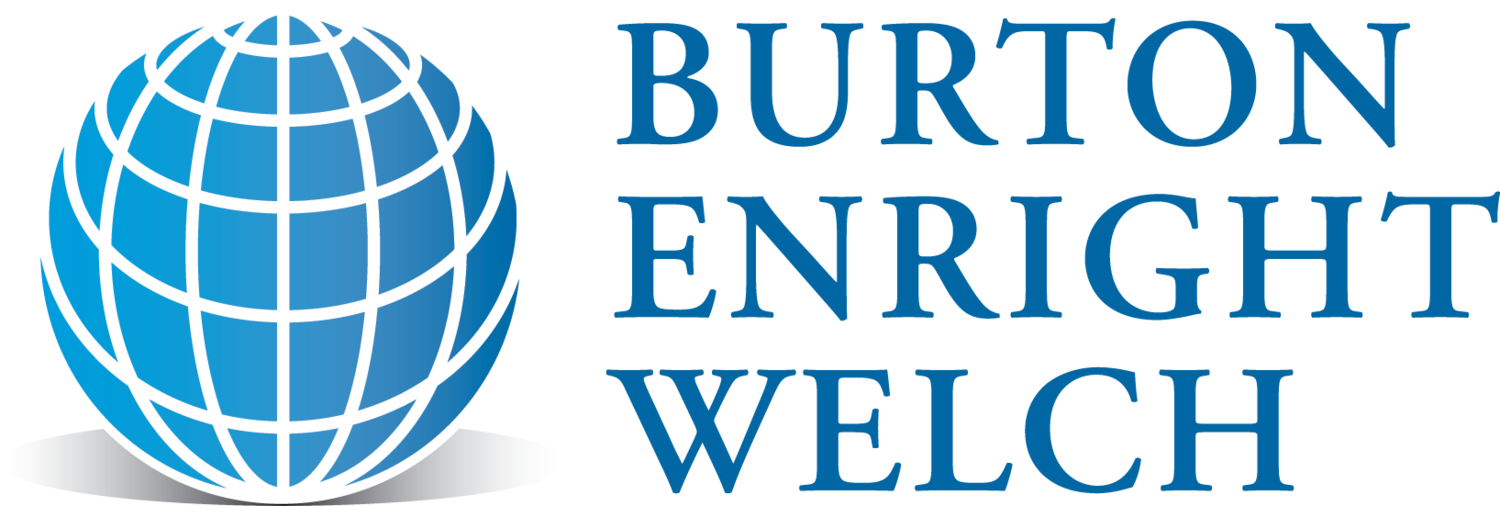Creating a Plan to Maintain Your Current Lifestyle in Retirement
By Kelly Metzler, CFP®
As an executive, you have created a comfortable life for your family and yourself. But you probably don’t want to work forever, and when you are ready to retire, you’ll likely want to maintain the lifestyle you’re used to.
Have you wondered how much you need to have saved in order to meet that goal? And is what you’re saving each year enough to get you there? Your financial picture can be complicated as an executive, but having a retirement plan that incorporates your 401(k), deferred compensation plan, and other executive compensation will give you the confidence to know whether you’re on track for a comfortable retirement. Here are some steps you can take to create a plan that works for you.
Determine What Your Retirement Needs and Wants Are
You can’t create a plan if you don’t have an end goal in mind. Figuring out what you want your retirement to look like, and how much you’ll need to spend, is an important first step.
You can use your current level of spending as a starting point for determining what your needs in retirement will be. Some executives may want to continue with the same exact level of spending. Others may decide they actually want to spend more, since they’ll have more time for travel or other hobbies. And others may find that certain expenses will go away when they’re no longer working.
Identify Your Resources
Once you know what your retirement needs are, identify the resources you’ll have to meet them. This will likely include Social Security benefits and any savings or investments you have accumulated, including your 401(k) and deferred comp plan.
You’ll want to account for future contributions to your retirement and investment accounts that you will make. And if you’re investing in a well-diversified portfolio of stocks and bonds, there should be some consideration for investment growth on these assets.
Determine Your Gap
Figuring out whether your current trajectory is enough is probably the most important step of the planning process. But it can be a difficult one to do on your own. As a financial advisor, this is a key part of the work I do with clients. Using financial planning software, I can model financial projections to see if you can fund your spending goals without running out of money.
You can think of financial planning software as a giant calculator – it looks at your current assets and expected savings to assess the likelihood that your investment assets will cover your expected expenses throughout your retirement years. The advantage of software over a basic spreadsheet is the ability to stress test your plan and account for market volatility.
Make Adjustments If Necessary
If there is a shortfall in the projections, the next step would be to figure out what adjustments you can make now to get you closer to reaching your goals. This may include saving more (and spending less now), working a few years longer, or accepting to spend less in retirement. The earlier you are able to identify and make changes, the smaller those adjustments will have to be.
If it turns out that you’re actually saving more than you need to, then you might think about spending more today. Or if you are charitably inclined or have other legacy goals, you can start incorporating those into your plan, too.
Optimize Your Executive Compensation and Benefits
Making sure that you’re saving enough for retirement is key. But you also want to make sure you’re being strategic about how you’re saving and investing, and that you’re not missing any opportunities. Beyond saving to your 401(k), your company may offer you a deferred compensation plan. You can also see if your 401(k) plan allows for after-tax 401(k) contributions or if you are you eligible to make backdoor Roth IRA contributions. Lastly, saving to a taxable brokerage account can be beneficial for tax diversification and may help control your tax bracket in retirement. Your plan should incorporate how these accounts will work together in retirement.
Conclusion
Once you have a plan, you’ll be able to measure your progress toward reaching your retirement goals. You’ll also be able to make important decisions within the framework of how certain choices will impact your plan. For example, could you actually retire a couple of years earlier than you were anticipating? Or what would it look like if you wanted to spend more in the first 5-10 years of retirement? It’s important to remember that financial planning is an ongoing process – your circumstances or goals are likely to change along the way and your plan may need to be adjusted accordingly. If you’re uncertain whether you’re on track to continue the same lifestyle in retirement you enjoy today, schedule a call.


